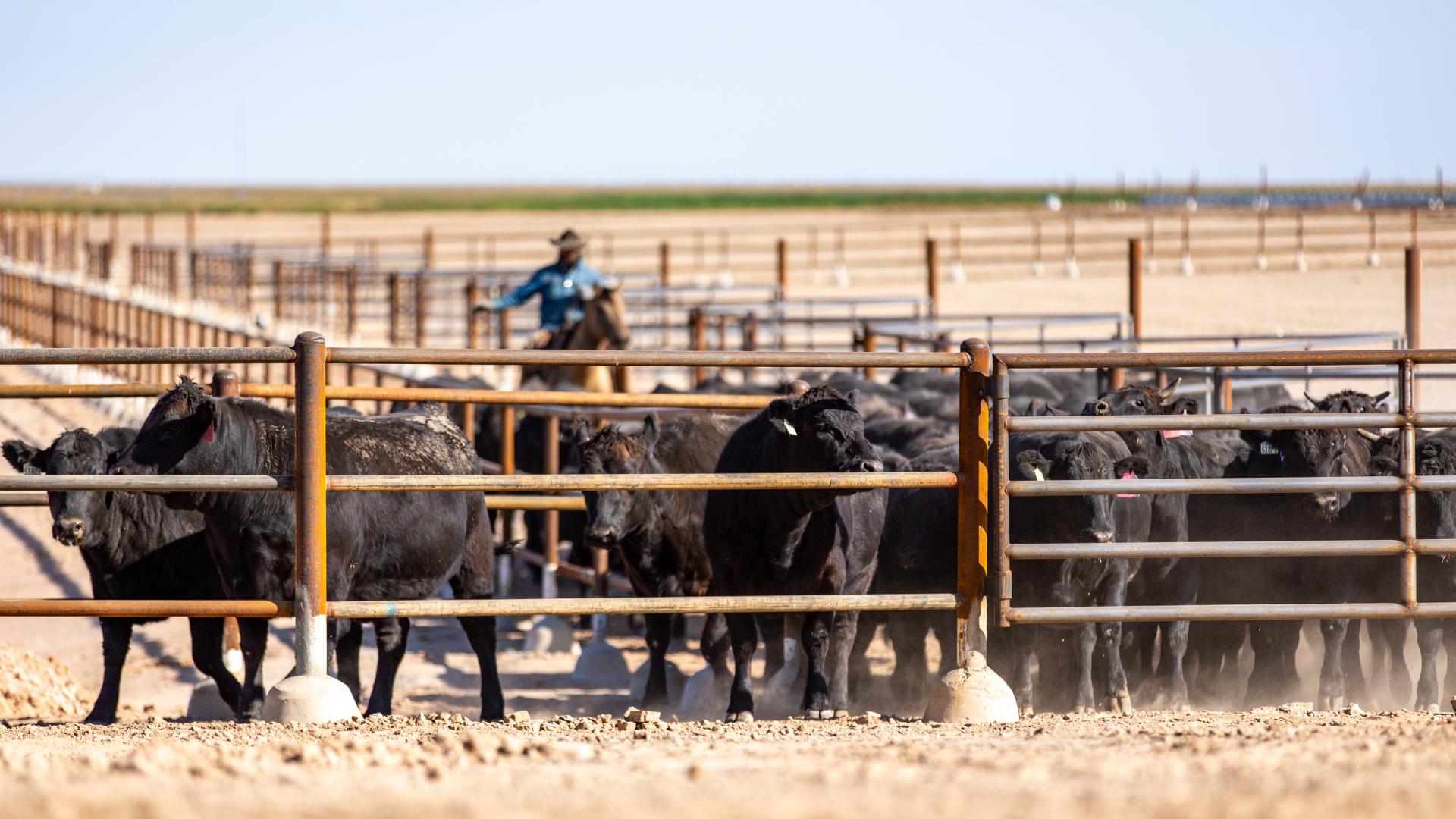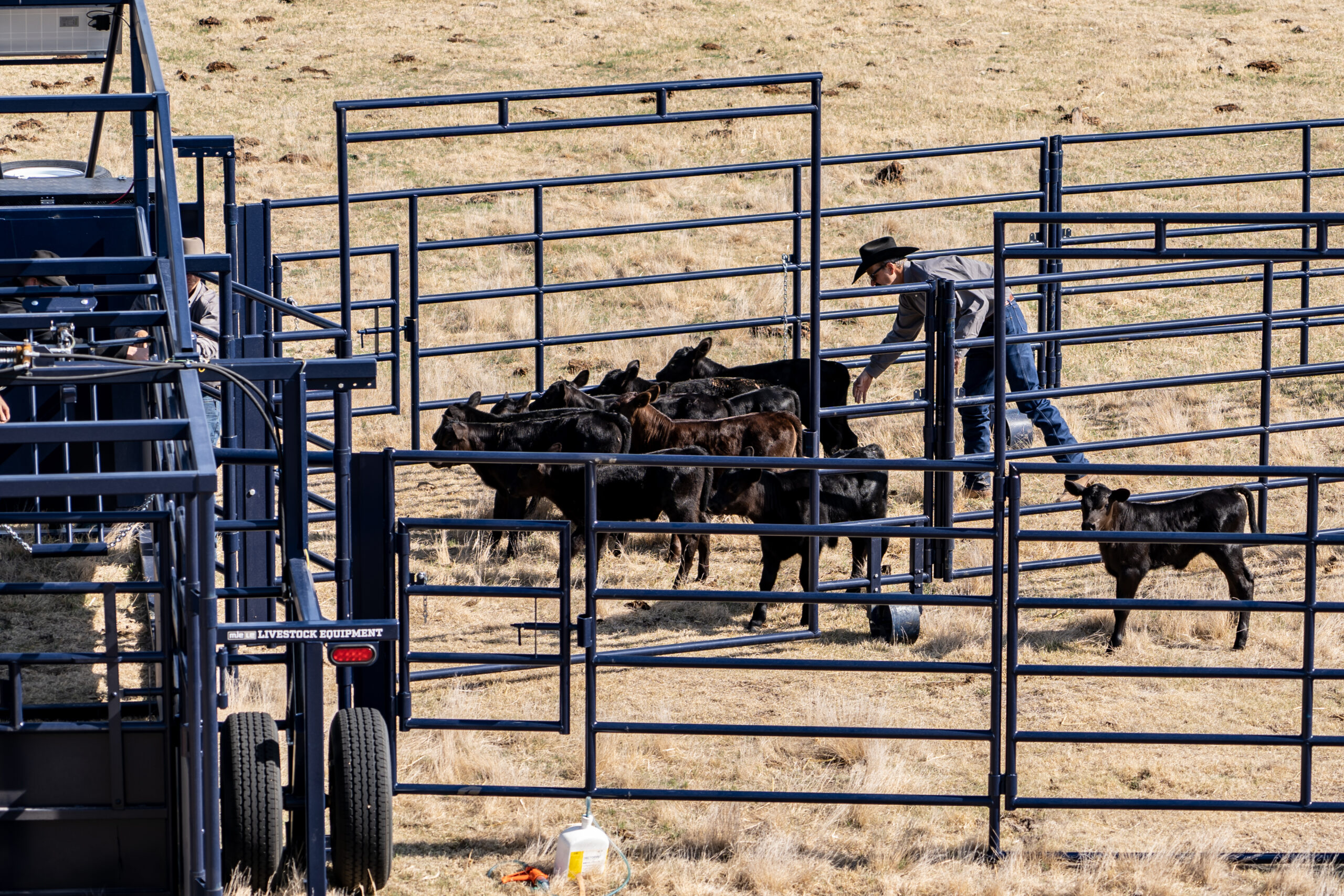
7.25.23
Pinkeye Problems For Livestock
by Dr. Tera Barnhardt, DVM
Many parts of the country are knee-deep in grass right now, which is a good problem to have when you’re raising cattle! Along with this wonderful blessing can come a few drawbacks. An issue I have been seeing a lot of and answering a lot of questions about is pinkeye!
I don’t know about you, but if I get the smallest piece of dust or eyelash in my eye, I’m rendered useless until I can locate the offending particle taking up residence under my eyelid! It’s uncomfortable! It’s sometimes painful! It affects your vision.
Cattle can have the same problems!
SIGNS AND SYMPTOMS OF PINKEYE
Grass awns or dust or sometimes rubbing on each other can lead to a painful condition in a single eye or even both that many people refer to as pinkeye. Let’s go over the very first signs of pinkeye:
- Squinting
- Weeping or tearing
- Swelling
Now, let’s talk about the later signs of infection and damage to the eye because of pinkeye:
- Light sensitivity
- Discharge that is no longer clear
- White spot on eyeball (cornea)
TREATMENT AND PREVENTION OF PINKEYE
When treated early, most calves will recover. One major obstacle for producers is that this is a problem more commonly occurring in the summer, and most of the calves are out grazing. This becomes an issue of disease due to the system we are raising the calves in, not necessarily because the disease has outsmarted us. Prevention strategies are of utmost importance, and they include:
- Fly control because face flies spread the disease by feeding on the secretions from the affected eye.
- Mechanical issues such as grass seeds or dust can be an issue, and moving the cattle to a different pasture could alleviate this issue.
- The ability to move waterers or mineral feeders when possible can decrease breeding grounds for insects. Reduced areas of cattle congregation in your pastures benefits your prevention efforts.
- Having a plan for treating calves when they do come down with pinkeye. I mentioned early treatment allows recovery in most cases, but you have to have a plan for treatment to be administered. Having a portable facility to work calves in is a great option to apply treatments in a timely manner.
CONCLUSION
Always work with your local veterinarian to discuss optimal prevention and treatment strategies for your herd. Your veterinarian knows the area and the weather you are up against, and will be able to give the most sound advice for this pesky disease!
Meet Dr. Tera Barnhardt
Dr. Tera Barnhardt is a consulting veterinarian with a master’s in Science (from Kansas State University – GO CATS!) who specializes in animal welfare and research for feedyards, dairies, and cow-calf operations.
A busy mother of three and small business owner, Dr. B. is passionate about educating others in the beef and livestock industry about animal health and taking an active role in her community.
Follow Dr. B on LinkedIn, Twitter, or Instagram to keep up with the latest news & information about #beef and so much more!

